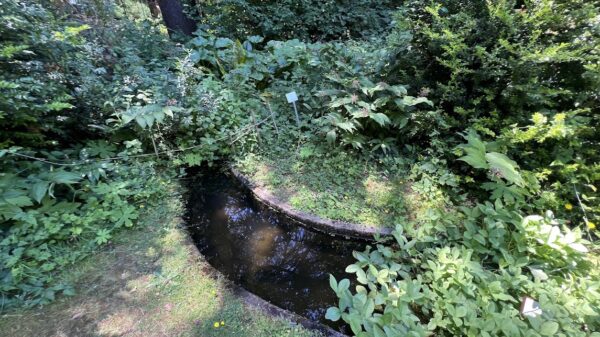UW Medicinal Herb Gardens
The University of Washington (UW) Medicinal Herb Garden is a remarkable and historical feature of the campus, offering visitors and students a unique blend of natural beauty, historical richness, and educational opportunities. Spanning over two and a half acres, the garden is one of the largest and most diverse medicinal herb gardens in the United States. It plays a vital role in botanical education, research, and conservation, making it a cherished asset to the university and the broader community.
The below video is a walk-through of 3 of the 4 sections.
History and Significance
The UW Medicinal Herb Garden was established in 1911 by Professor Edmund Meany, a prominent figure in the university's early history. His vision was to create a living laboratory where students could study the properties and uses of medicinal plants. Over the decades, the garden has evolved, expanding its collection and refining its role as a resource for both education and research.
The garden's long history reflects the changing attitudes and approaches to herbal medicine and botanical sciences. It serves as a living archive of plant species that have been used throughout human history for their medicinal properties. This historical depth adds a rich layer of context for visitors and researchers, highlighting the enduring relationship between humans and plants.
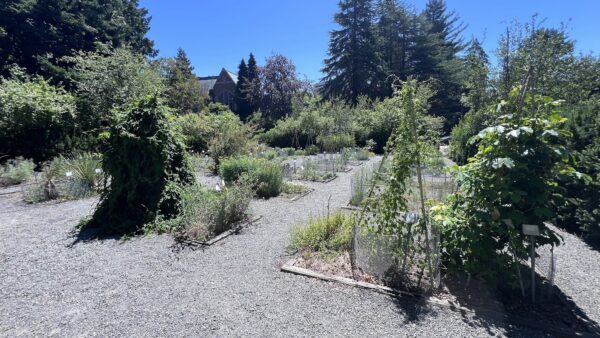
Plant Collection and Diversity
The garden boasts over 1,000 species of plants from around the world, each with its own unique medicinal properties and historical uses. These plants are meticulously organized into various themed beds, representing different regions, traditional medicine systems, and plant families. This arrangement allows for an immersive educational experience, where visitors can learn about the specific uses and cultural significance of each plant.
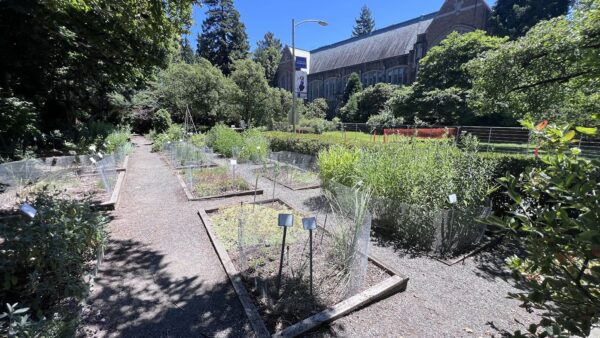
Individual Photos of plants with tag identifiers
Key Plant Collections
1. Traditional Chinese Medicine (TCM): This section features plants used in TCM, a practice with thousands of years of history. Visitors can find familiar herbs such as ginseng (Panax ginseng), known for its energizing properties, and astragalus (Astragalus membranaceus), which is believed to boost the immune system.
2. Ayurvedic Medicine: Originating from India, Ayurvedic medicine is another ancient system that utilizes a wide variety of plants. The garden includes herbs like turmeric (Curcuma longa), renowned for its anti-inflammatory and antioxidant properties, and ashwagandha (Withania somnifera), often used to manage stress.
3. Native American Medicinal Plants: This collection highlights plants traditionally used by Native American tribes. Examples include echinacea (Echinacea purpurea), commonly used to prevent colds and infections, and yarrow (Achillea millefolium), which has been used to treat wounds and inflammation.
4. Western Herbal Medicine: This section focuses on plants that have been historically significant in Western herbal traditions. Herbs such as lavender (Lavandula angustifolia), used for relaxation and sleep, and chamomile (Matricaria chamomilla), known for its soothing effects, are prominently featured.
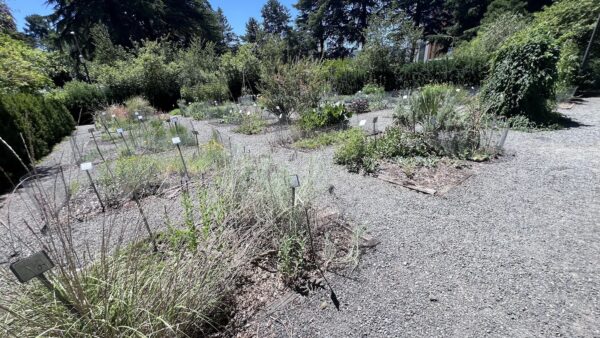
Educational and Research Opportunities
The UW Medicinal Herb Garden serves as an invaluable educational resource for students of botany, pharmacy, and alternative medicine. It offers a hands-on learning environment where students can observe, study, and understand the growth habits, medicinal properties, and ecological relationships of a wide variety of plants.
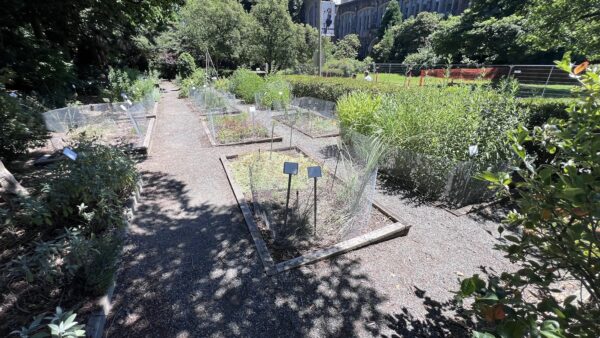
Classes and Workshops
The garden hosts numerous classes and workshops throughout the year, covering topics such as herbal medicine, plant identification, and sustainable gardening practices. These events are open to the public and attract a diverse audience, from professional herbalists to casual gardening enthusiasts.
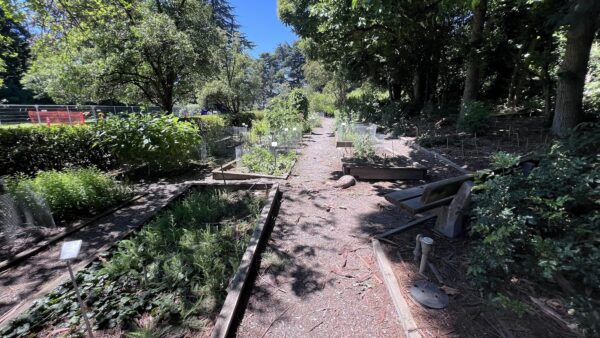
Research Initiatives
Researchers at UW and other institutions utilize the garden for various studies, ranging from pharmacological research to ecological studies. The garden's extensive collection provides a living library of genetic material, which can be used for researching the medicinal properties of plants, their potential pharmaceutical applications, and their roles in traditional medicine.
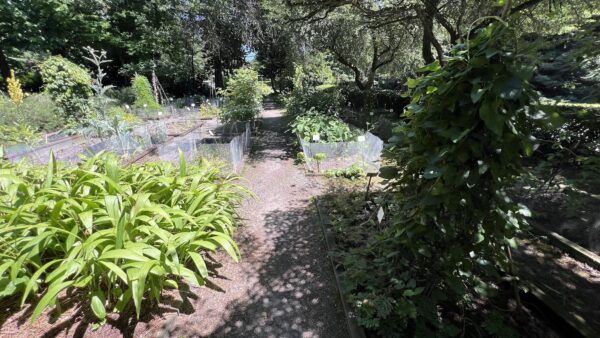
Conservation and Sustainability
Conservation is a key mission of the UW Medicinal Herb Garden. Many of the plants in the garden are rare or endangered in their native habitats. By cultivating these species, the garden helps preserve genetic diversity and contributes to the conservation of valuable medicinal plants.

Sustainable Practices
The garden employs sustainable gardening practices to maintain the health and vitality of its plant collections. This includes using organic fertilizers, implementing integrated pest management strategies, and practicing water conservation techniques. These efforts ensure that the garden remains a thriving, resilient ecosystem.
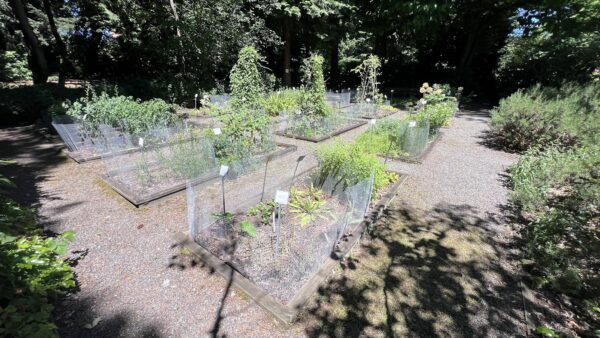
Visitor Experience
The UW Medicinal Herb Garden is a serene and educational retreat in the heart of the bustling university campus. It is open to the public year-round, and admission is free. Visitors can stroll through the garden's winding paths, enjoy the seasonal blooms, and learn about the medicinal uses of plants from around the world.

Guided Tours
Guided tours are available, offering deeper insights into the garden's history, plant collections, and ongoing research projects. These tours are led by knowledgeable staff and volunteers who share their passion for medicinal plants and their uses.
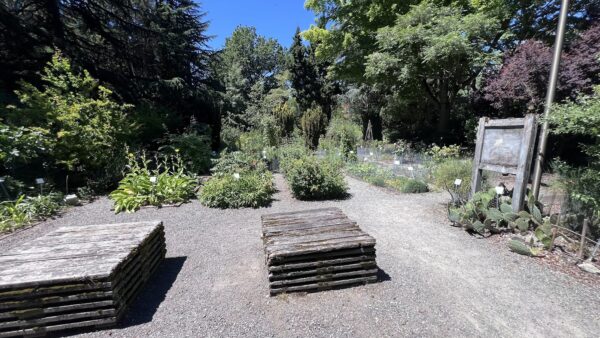
Community Engagement
The garden actively engages with the local community through outreach programs, volunteer opportunities, and collaborative projects with schools and community organizations. These initiatives foster a greater appreciation for medicinal plants and their role in human health and well-being.
The University of Washington Medicinal Herb Garden is more than just a garden; it is a living testament to the vital relationship between humans and plants. With its rich history, diverse plant collections, and commitment to education and conservation, it stands as a beacon of knowledge and a sanctuary of natural beauty. Whether you are a student, researcher, or simply a lover of plants, the garden offers a unique and enriching experience that highlights the wonders of the botanical world.
